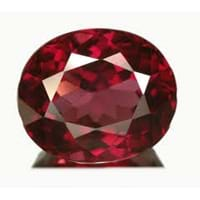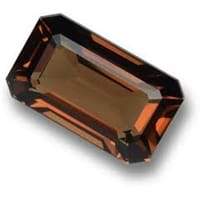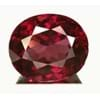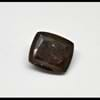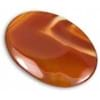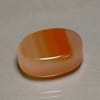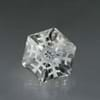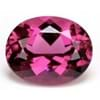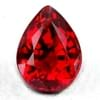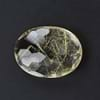Rhodolite Vs Enstatite
Origin
Brazil, Kenya, Madagascar, Mozambique, Sri Lanka
Southern and central Africa, Burma, Tanzania, India, Sri Lanka
Color
Red
Yellow, White, Green, Brown, Greenish, gray
Streak
Not Available
Grey, gray
For which Rashi?
Taurus
Not Available
Planet
Mars
Not Available
Element of Planets
Not Available
Not Available
Energy
Projective
Not Available
Finger
Not Available
Not Available
Ring Metal
Not Available
Not Available
Deities
Venus
Not Available
Not to wear with
Not Available
Not Available
Powers
Love
Not Available
Planetary
Not Available
Not Available
Talisman
Not Available
Not Available
Tenacity
Not Available
Brittle
Solubility
Not Available
Not Available
Durability
Not Available
Not Available
Specific Gravity
3.84
3.20-3.25
Fracture
Conchoidal
Uneven, ConchoidalArthur Thomas, Gemstones (2009), Brittle, Metallic
Cleavage
none, may show indistinct parting
Good/distinct on [210]
Chemical Composition
(Mg,Fe)3Al2Si3O12
Mg 2Si 2O 6Michael OâDonoghue , Gems, Sixth Edition (2006) More from other references
Luster
Greasy, Vitreous
Vitreous, Pearly
Pleochroism
None
Pale green to pale orange
Dispersion
None
Not Available
Transparency
Gemmological Tables (2004)
Transparent, Translucent
Refractive Index
1.760
1.650-1.680
Optic Character
Not Available
Not Available
Crystal System
cubic
Orthorhombic
Birefringence
0.010-0.014
0.009-0.011
Clarity
TransparentUlrich Henn and Claudio C. Milisenda
Transparent
Neurological
Not Available
Not Available
Cardiovascular
Not Available
Not Available
Respiratory
Not Available
Not Available
Reproductive
Not Available
Not Available
Digestive
Not Available
Not Available
Psychology
Not Available
Not Available
Healing
Not Available
Not Available
Qualities Associated
Not Available
Not Available
Rhodolite Vs Enstatite Fracture
Fracture is an important parameter when you compare Rhodolite and Enstatite Physical Properties. It is necessary to understand the significance of these properties, before you compare Rhodolite Vs Enstatite fracture. Whenever a gemstone chip breaks, it leaves a characteristic line along its breakage. Such lines are known as fracture and are used to identify the gemstones in their initial stages of production when they are in the form of rough minerals. Fracture is usually described with the terms “fibrous” and “splintery” to denote a fracture that usually leaves elongated and sharp edges. Fracture observed in Rhodolite is Conchoidal. Enstatite fracture is Uneven, ConchoidalArthur Thomas, Gemstones (2009), Brittle and Metallic.
Rhodolite Vs Enstatite Luster
A primary knowledge about Rhodolite vs Enstatite luster is useful in apparent identifications of these gemstones. Luster is the measure of light that gets reflected when incident on a finished cut gemstone. There are two major types of lusters: Silky and Adamantine. Since luster varies between two crystals of even the same gemstone, luster is limited to basic identification criteria. Rhodolite exhibits Greasy and Vitreous luster. Enstatite, on other hand, exhibits Vitreous and Pearly luster.
